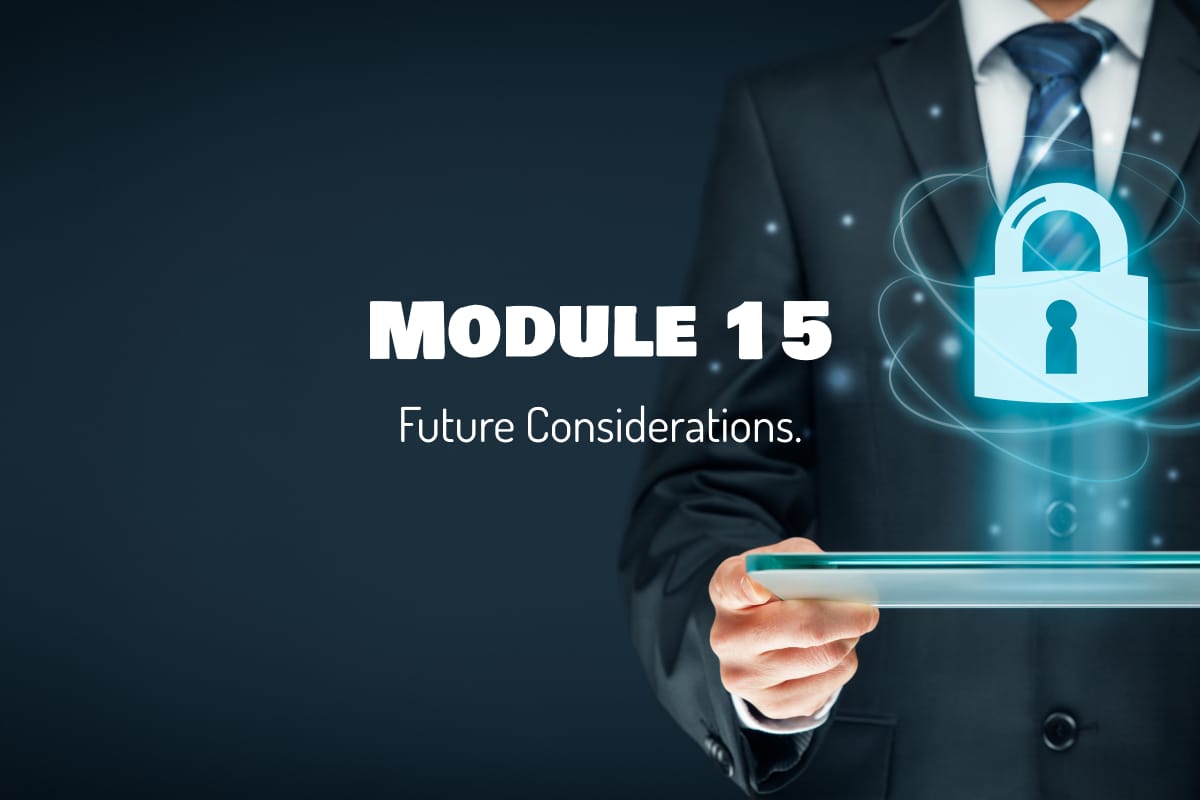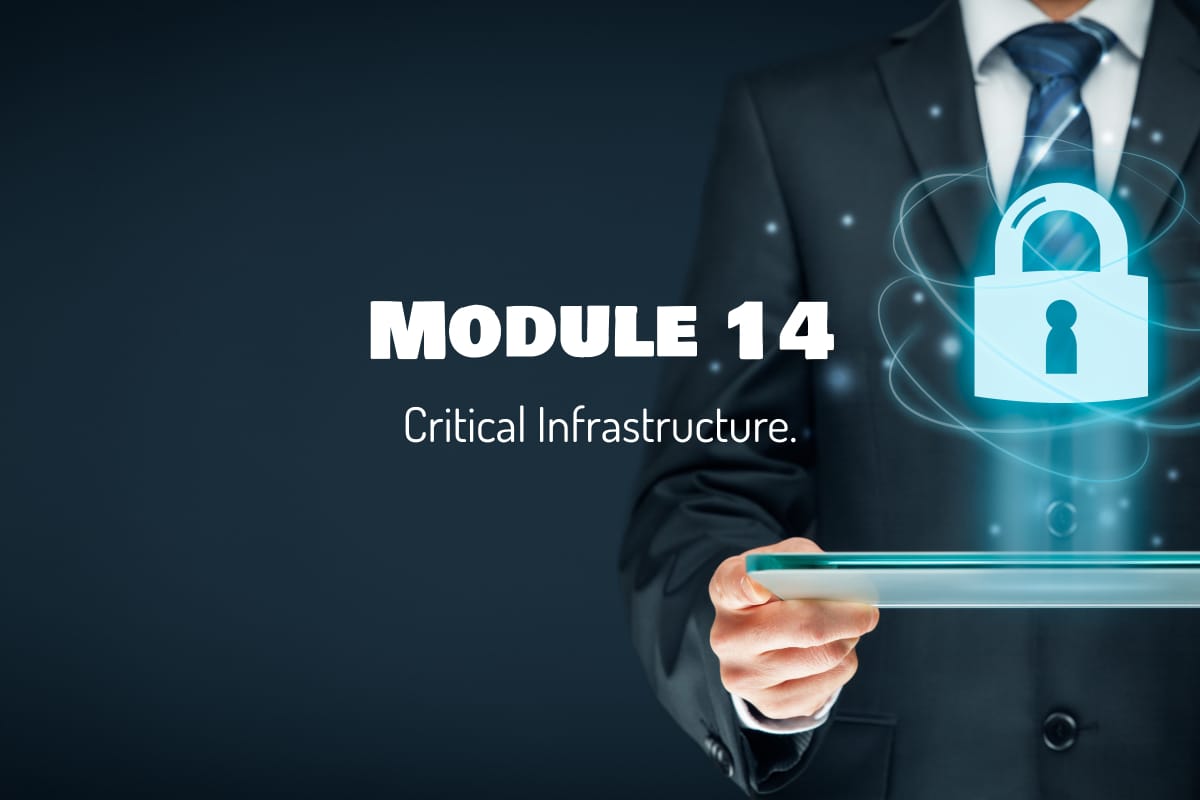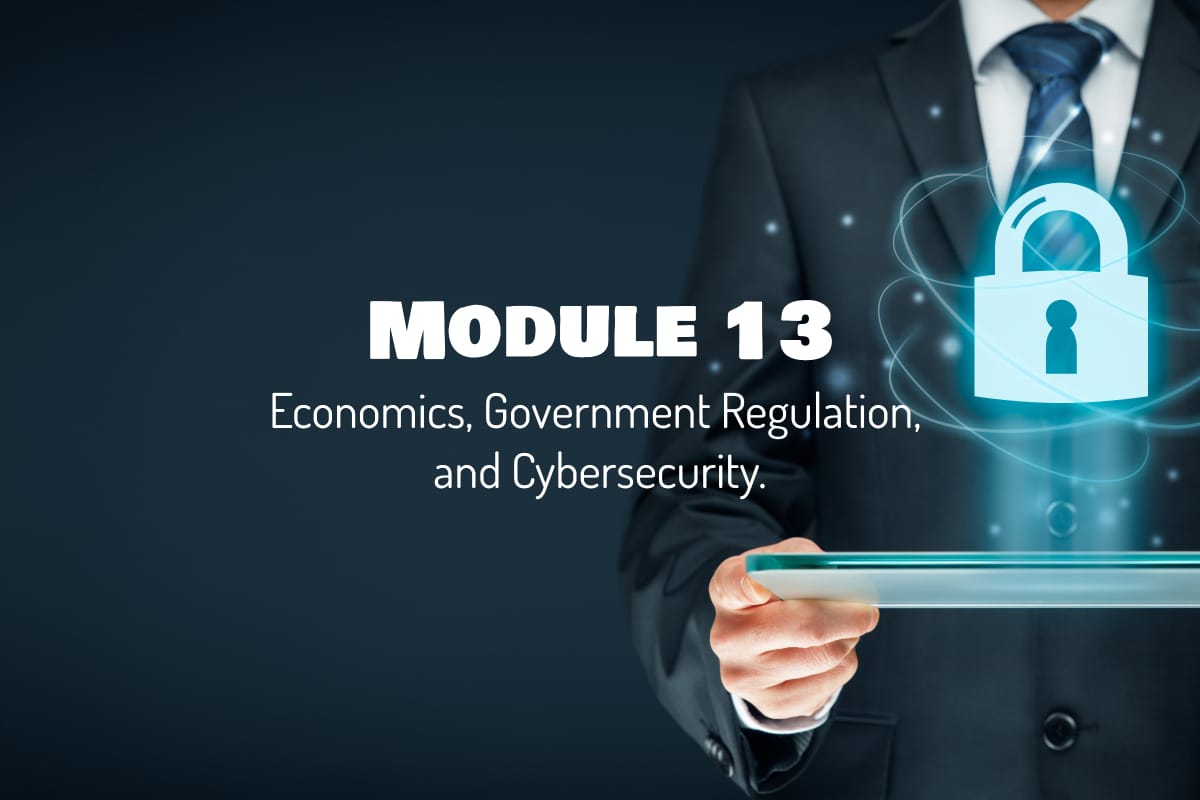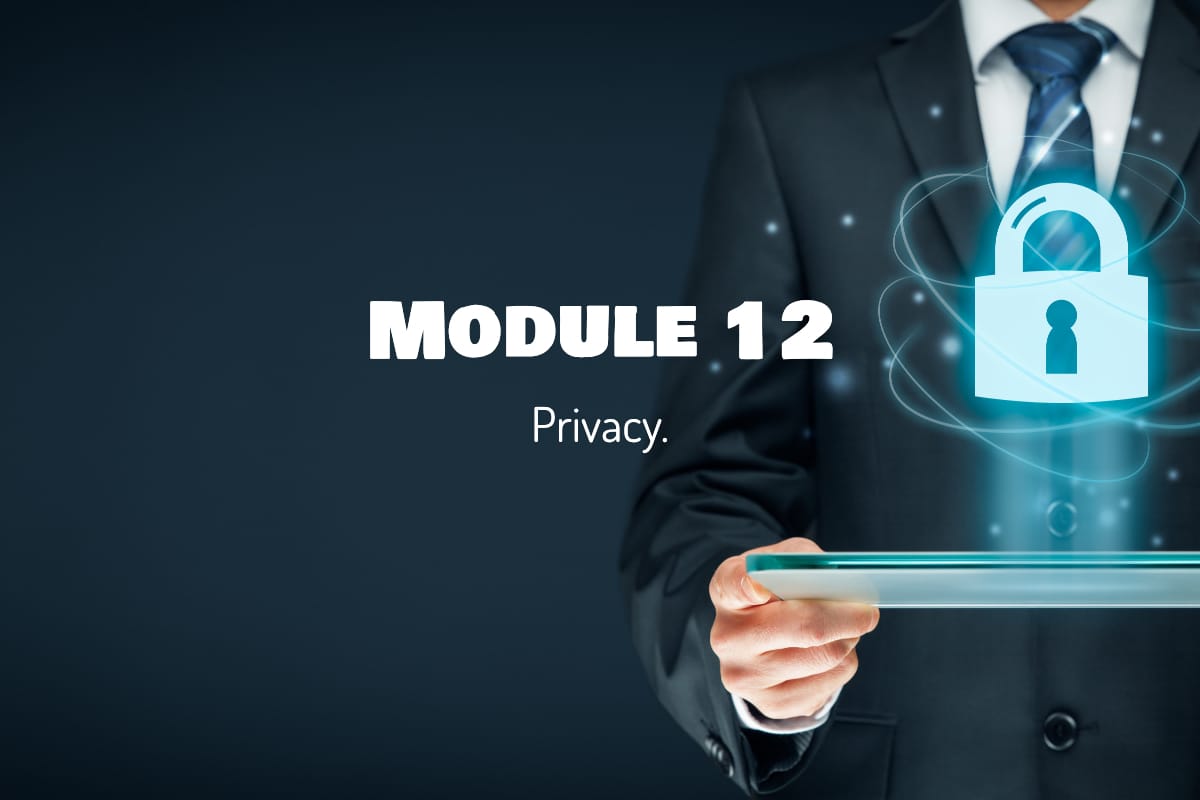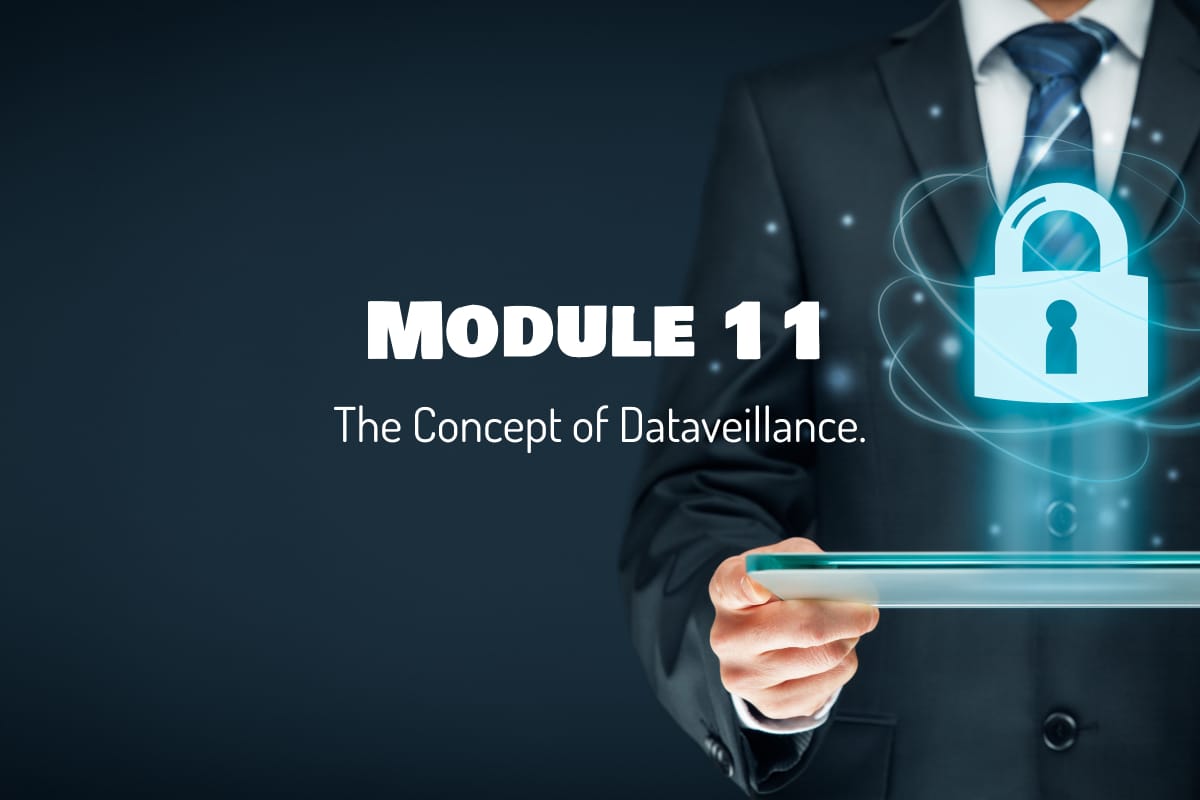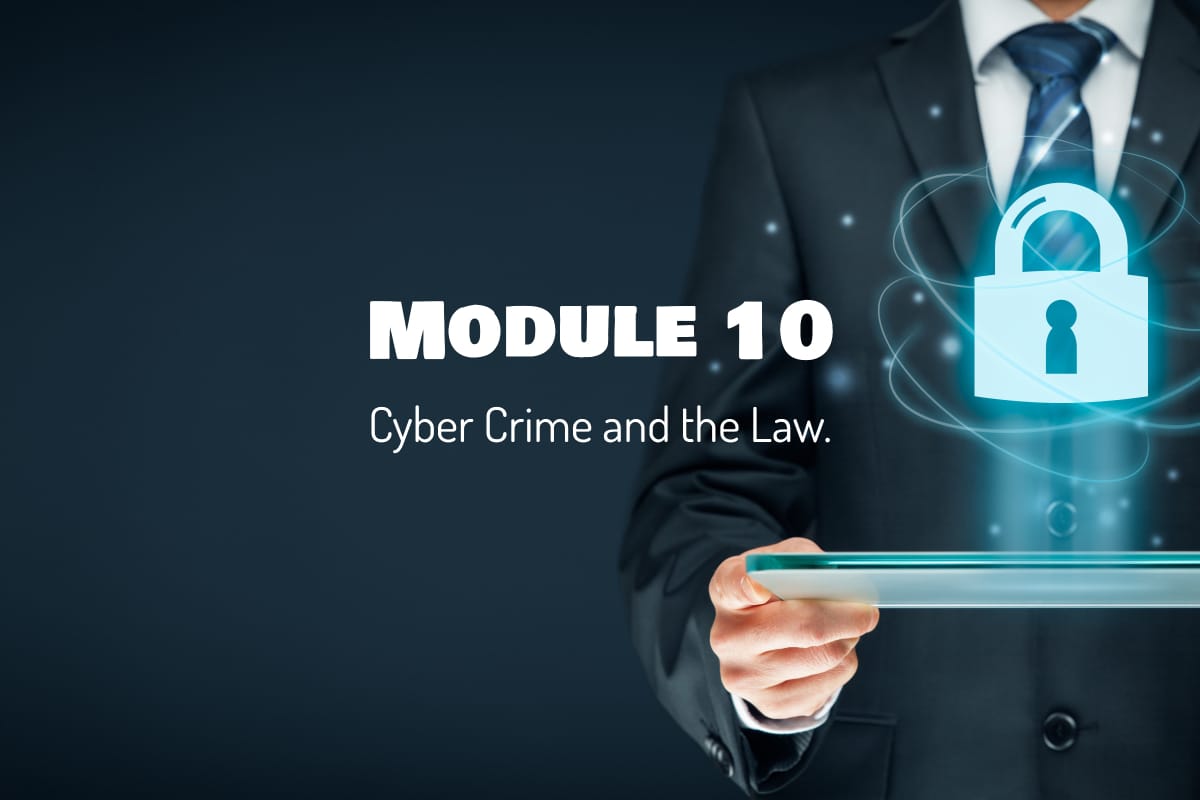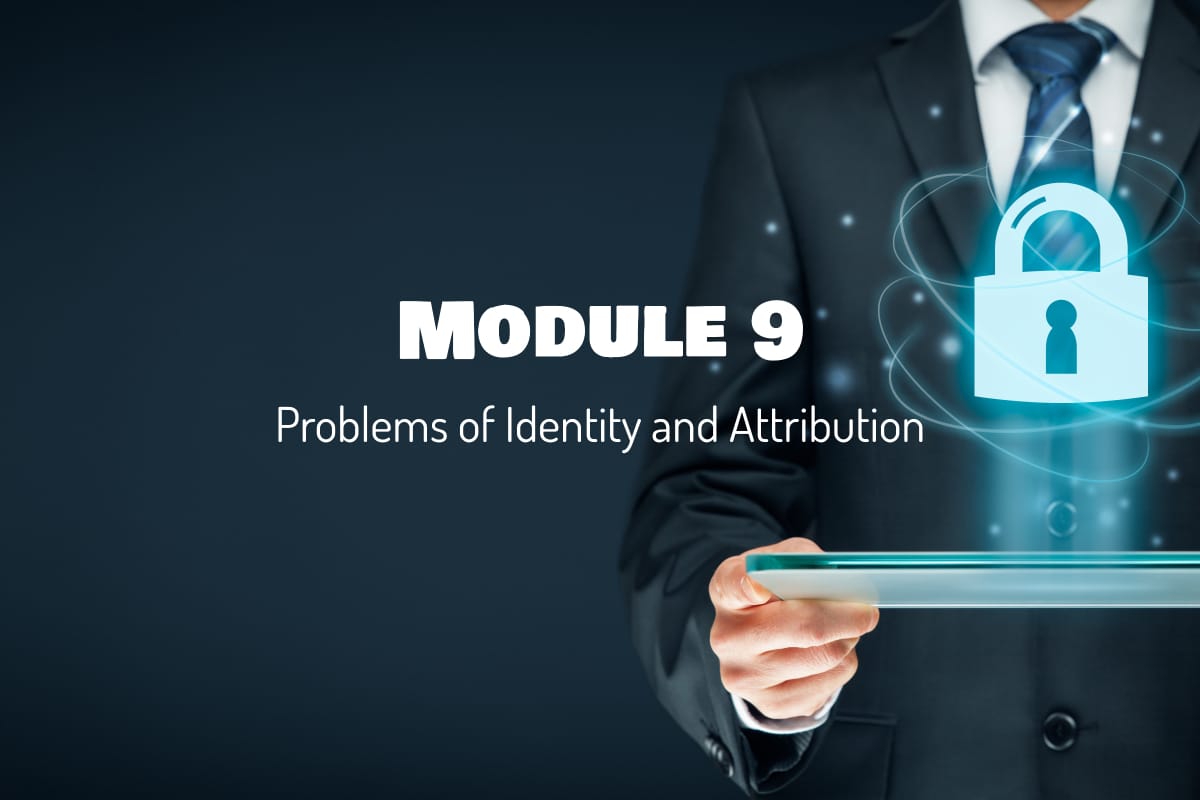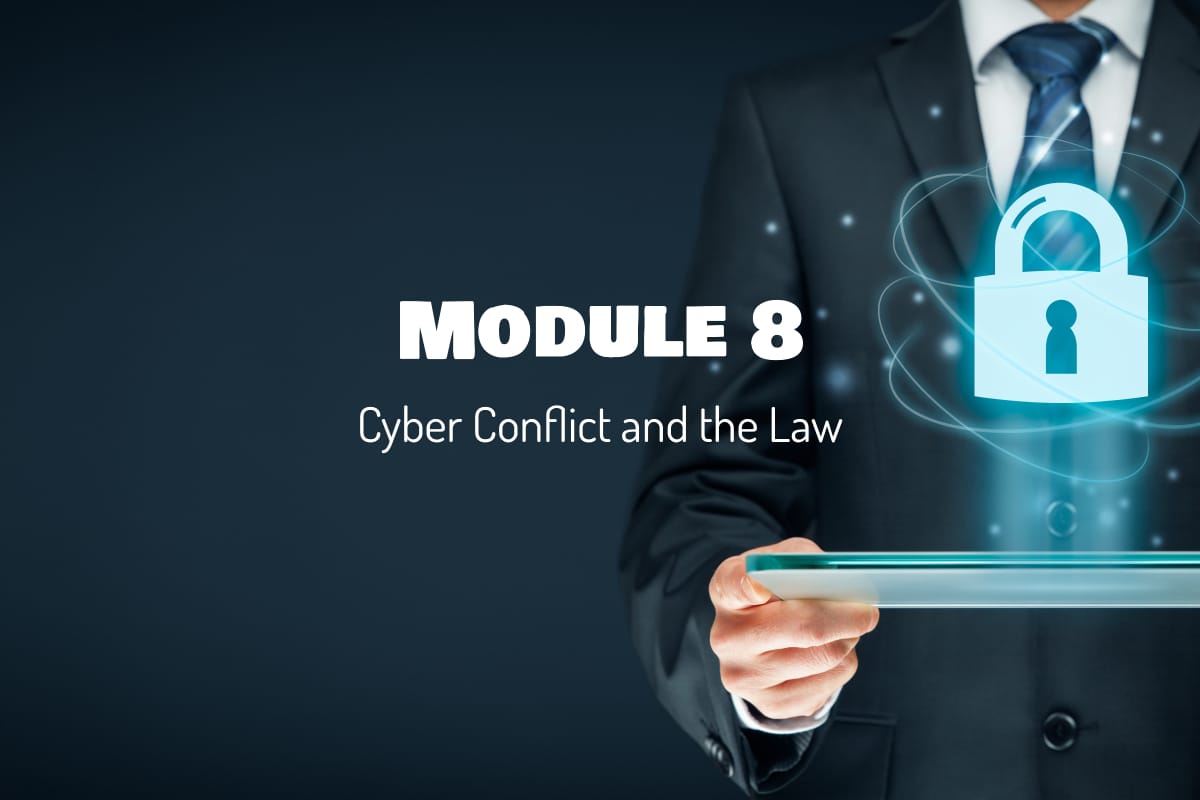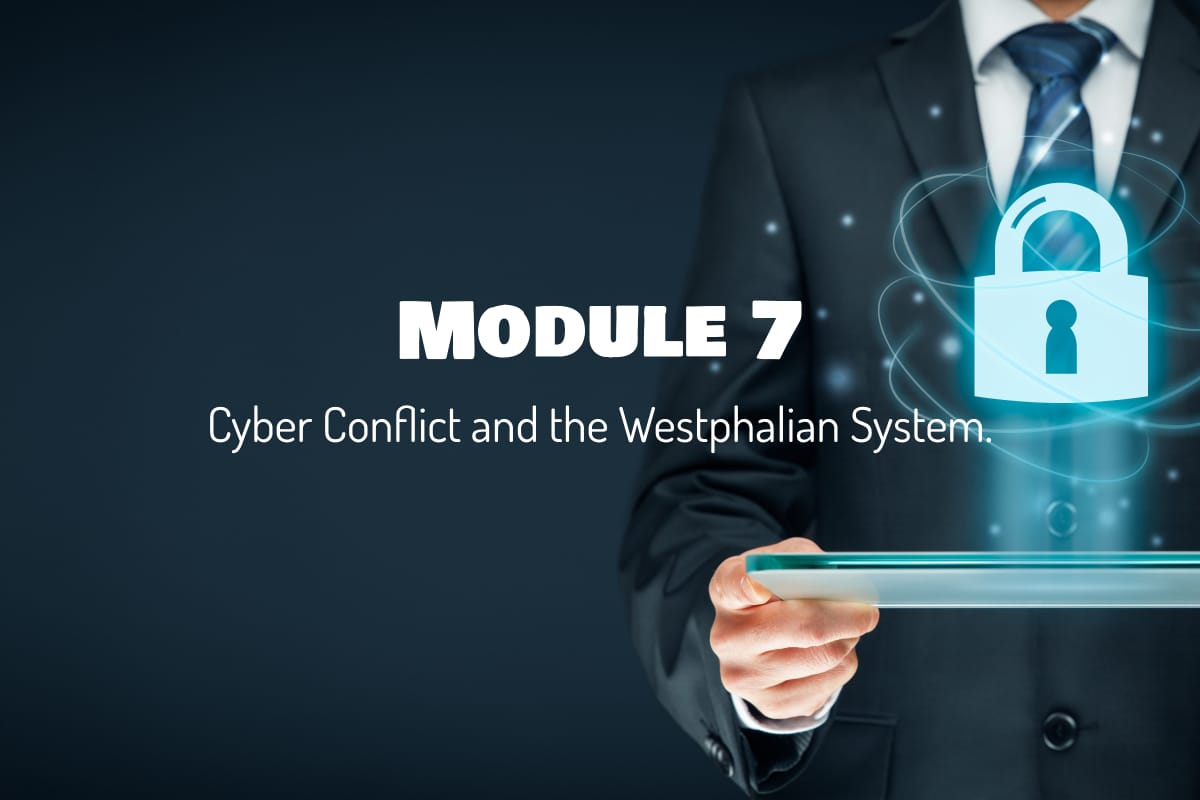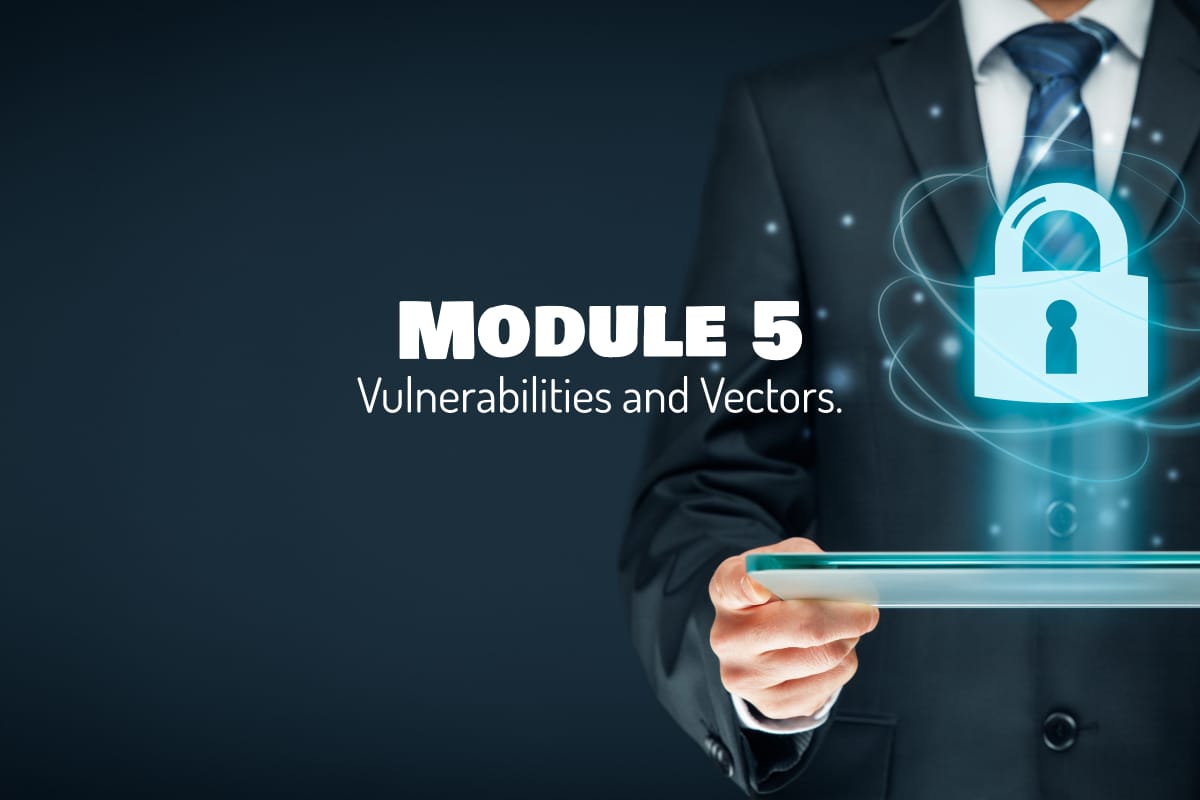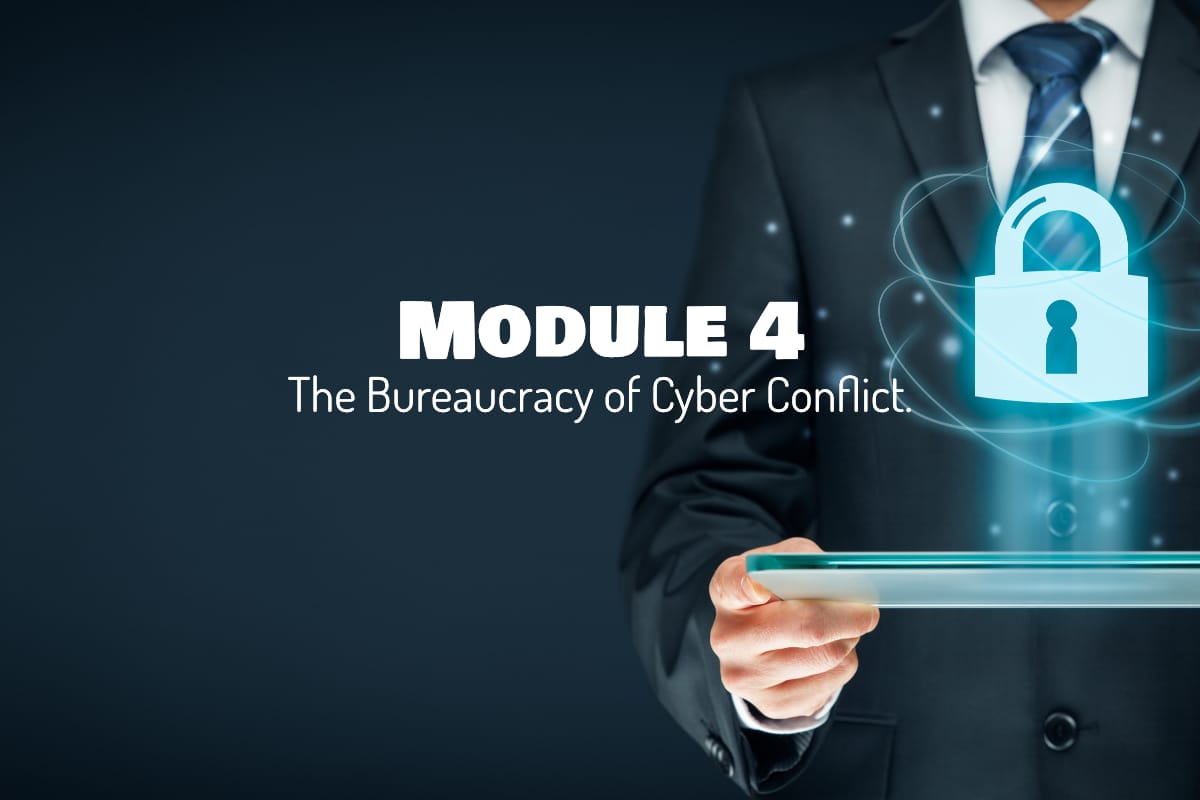Future Considerations
Strategic Cybersecurity, Module 15: Future Considerations. This final lecture of the course “Strategic Cybersecurity” discusses topics for students to consider in the future. The module focuses on three primary concerns: the need for cybersecurity analysis to be interdisciplinary in nature, the adversarial realm that is concerned with destroying data due to perceived diplomatic slight, and […] More
